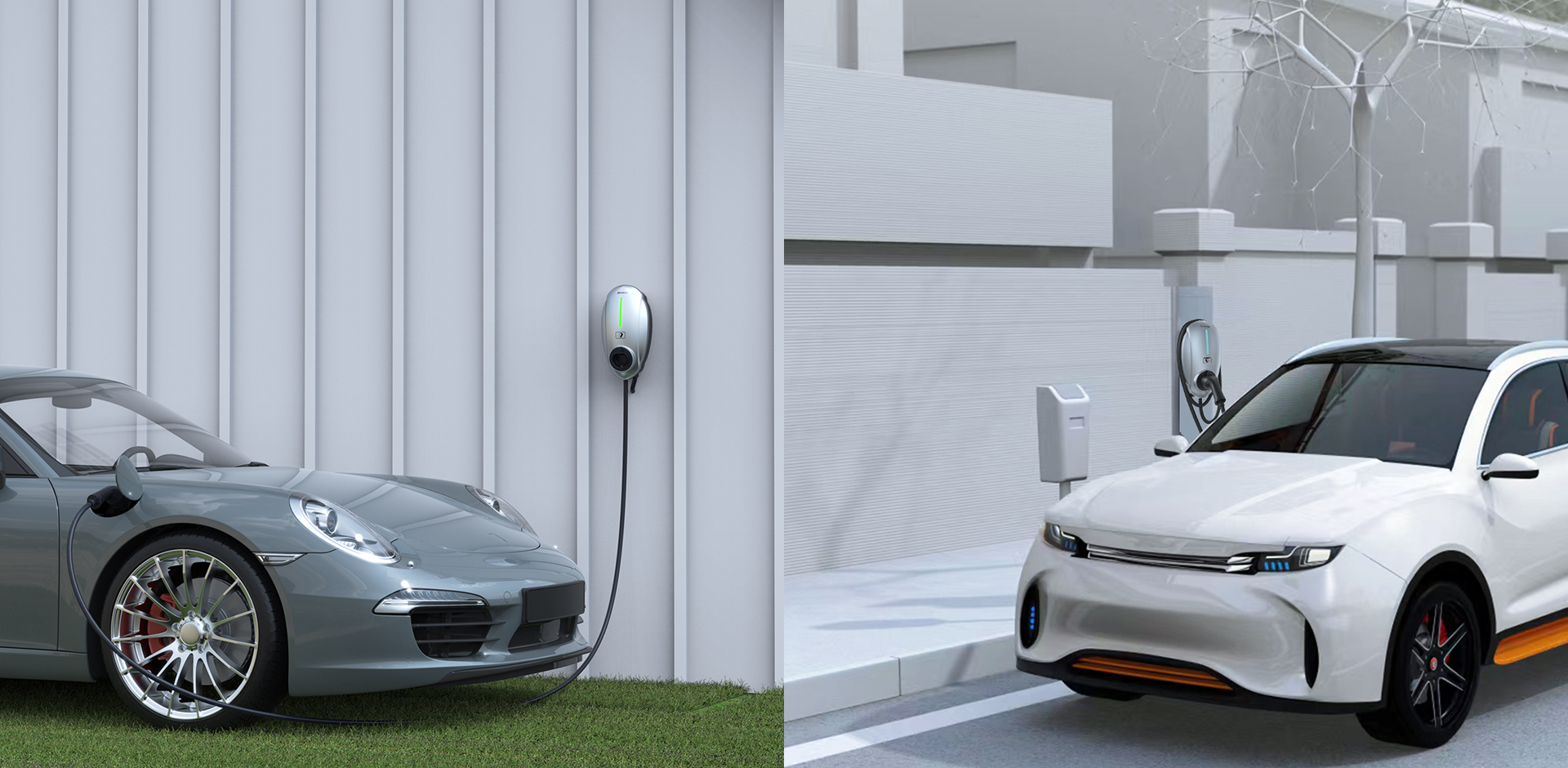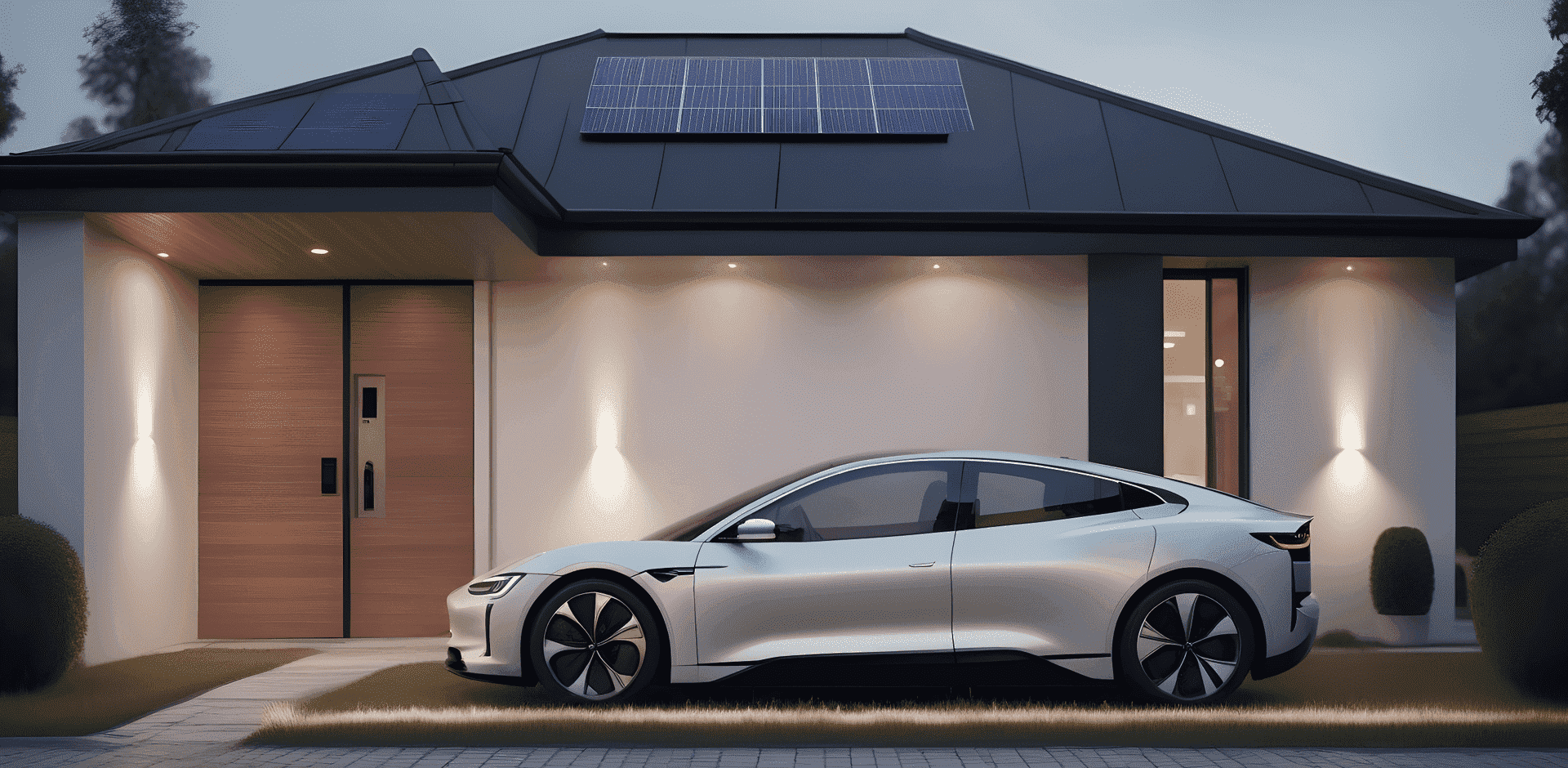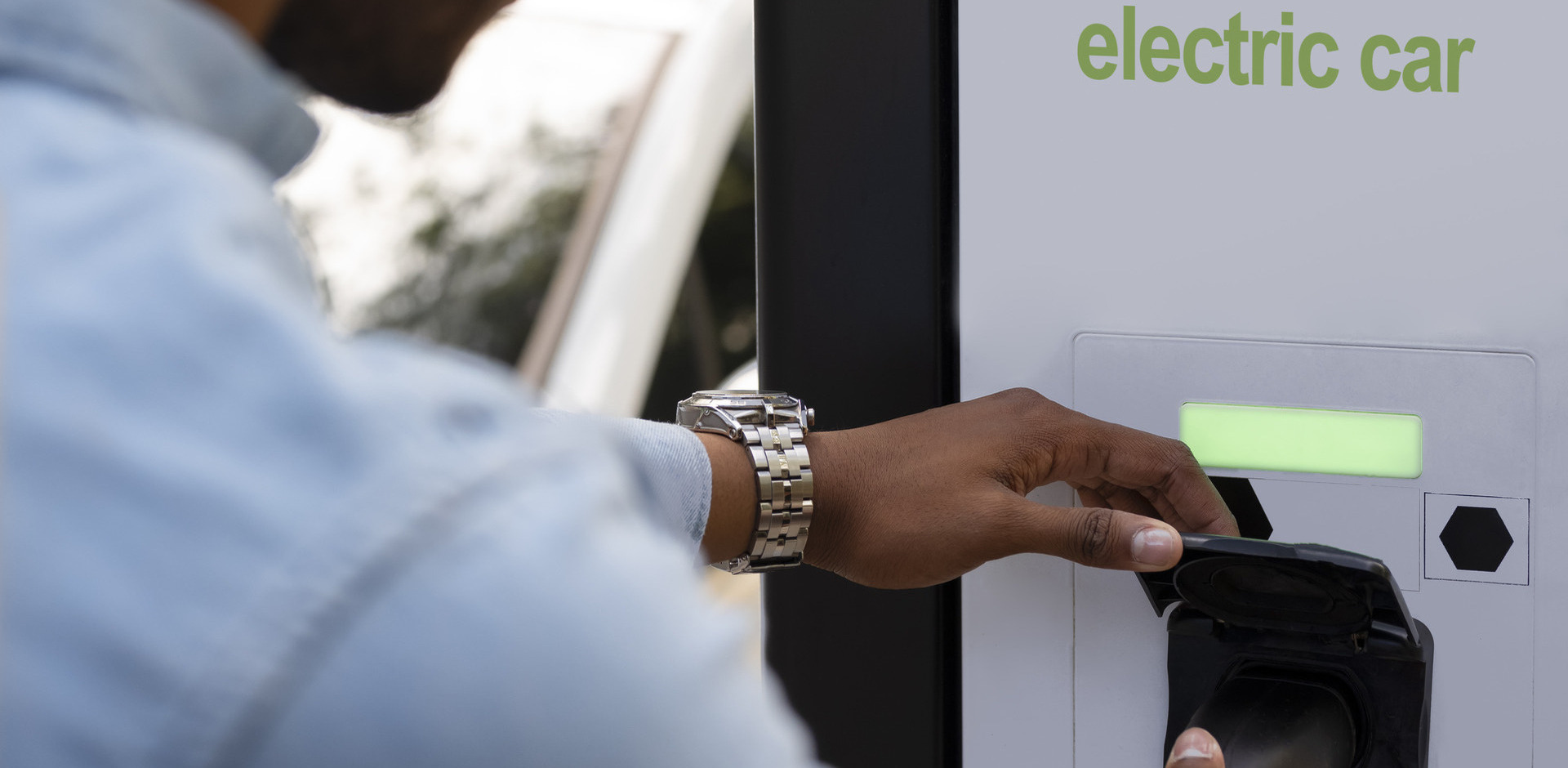-
What is V2H EV charging?
Vehicle-to-Home (V2H) EV charging is a technology that allows electric vehicles to discharge energy back into a home or the electrical grid, using the vehicle's battery as a power source.
-
How does HOEM V2H charging work?
HOEM V2H charging works by connecting an electric vehicle to a home's electrical system, enabling the transfer of power from the vehicle's battery back to the home or grid during peak demand or power outages.
-
Can any electric vehicle be used for HOEM V2H charging?
Not all electric vehicles support V2H charging. Vehicles need to be equipped with bidirectional charging capabilities to discharge power back to the home or grid.
-
What are the benefits of HOEM V2H charging?
HOEM V2H charging provides backup power during outages, supports grid stability by balancing energy demand, and allows users to optimise electricity costs by storing energy during off-peak hours.
-
Is a special charging infrastructure required for HOEM V2H charging?
Yes, V2H charging requires bidirectional charging infrastructure that supports both charging and discharging of the electric vehicle's battery.
-
How fast is the charging and discharging process in HOEM V2H systems?
Charging and discharging speeds depend on the V2H system and the electric vehicle. Typically, discharging is slower than charging.
-
Can HOEM V2H systems power an entire home?
The capacity of the HOEM V2H systems varies, but they can provide enough power to run essential appliances and devices during an outage.
-
What safety measures are in place for HOEM V2H systems?
V2H systems incorporate safety features such as automatic disconnect in the event of grid issues and various protection mechanisms to ensure safe operation.
-
Are there any regulatory standards for HOEM V2H charging?
Regulatory standards are evolving, but various organisations are working on establishing standards for V2H charging to ensure safety and interoperability.
-
Can HOEM V2H systems be used for peak shaving?
Yes, our HOEM V2H system can be utilised for peak shaving by discharging power during periods of high electricity demand, helping to reduce peak load on the grid and reduce costs to the customer.
-
Do HOEM V2H systems require additional inverters or converters?
NO, the HOME V2H system manages the flow of electricity between the vehicle and the home.
-
Can HOEM V2H systems be integrated with renewable energy sources?
Yes, HOEM V2H systems can be integrated with renewable energy sources such as solar panels to store excess energy in the vehicle's battery for later use.
-
What is the impact of HOEM V2H charging on the electric vehicle's battery life?
Regular use of V2H charging may have a slight impact on the overall battery life, but advancements in battery technology aim to minimise these effects.
-
Are there any incentives for HOEM V2H charging installations?
Incentives and rebates for HOEM V2H charging installations vary by region and are subject to government policies.
-
Can V2H systems be used in off-grid locations?
-
HOEM V2H systems can provide a source of power in off-grid locations, offering a sustainable and mobile energy solution.
-
What is the cost of installing a HOME V2H charging system?
The cost of installing a HOEM V2H charging system varies based on factors such as the vehicle, home setup, and specific system features.
-
Can HOEM V2H systems be remotely controlled?
HOME V2H systems allow remote monitoring and control through dedicated applications, enabling users to manage charging and discharging functions.
-
How does HOEM V2H technology contribute to grid resilience?
V2H technology contributes to grid resilience by providing a distributed energy resource that can be utilised during peak demand or emergencies.
-
What is the typical efficiency of HOEM V2H systems?
The efficiency of HOEM V2H systems can vary, but it typically ranges from 80% to 90%, considering losses in charging, discharging, and conversion.
Frequently Asked Questions on HOEM V2H EV Charging
- Details
- Category: Electric Vehicle Charging


